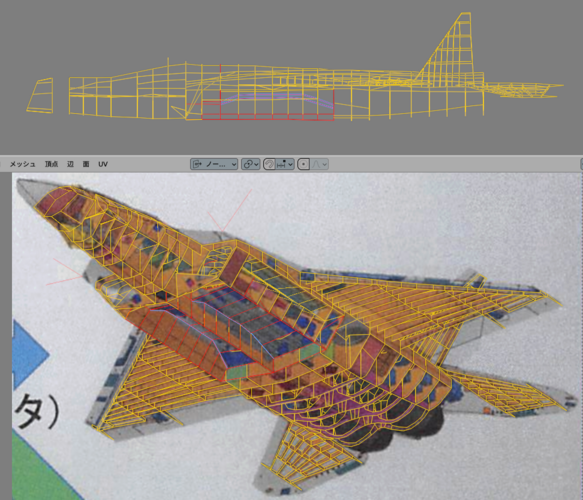Scott Kenny
ACCESS: USAP
- Joined
- 15 May 2023
- Messages
- 10,284
- Reaction score
- 11,914
GCAP is looking to replace Typhoon and F-15J. So I am expecting comparable range and performance, possibly higher due to Japan's requirements over the Pacific. All the Typhoon's range stats include 3x1000L drop tanks, which is 50% of the internal fuel, total of 9000L/7500kg. The EJ200 has slightly higher Specific Fuel Consumption than the F100, so I'm guessing that for the same quantity of fuel burned they have pretty close to the same range (not sure how to do that particular math).Your original contention. To which you add later.Problem is, 6th Gen fighters are looking to be huge, Flanker+ sized things. That's way out of Sweden's defense model right now.
Which receives a reply.Still needs to be big enough to hold at least 2xIR and 2x BVRAAM internally. You know, about the size of an F-35.
A smaller 6th gen aircraft is physically possible, utility to its user dependent on the particular needs of its user.Not really. The F-35 holds 2 2000lbs bombs plus 2 AAMs. Not to mention 18250lbs of fuel.
A fighter built around 4-6 AAMs with say 400nm combat radius instead of 600nm surely could be designed considerably smaller than an F-35. Still much larger than a JAS 39E, maybe somehwere between the two.
The economic viability of a smaller-than-F-35 6th gen combat aircraft depends on the number of nations accepting the restrictions of that smaller aircraft. As has been argued to death here, a big production run will probably reduce price per unit - if the urge to gold-plate specifications can be resisted. That goes for any design, big or small.
F-15 has the same internal fuel capacity as the Typhoon, so I'm wondering if the referenced 1000nmi combat range (1/3 greater than Typhoon) has larger external fuel tanks?
As a side note, the F-22 has the same internal fuel capacity as the F-35, ~8200kg, and the USAF is saying that's not enough for the Pacific. Which means Japan is likely to want even more internal fuel.
Anyways. So the GCAP partners are probably looking for an aircraft that carries about 7500kg-8200kg of fuel internally, while carrying roughly 2600kg of ordnance internally. That's 9-10k liters of fuel, and internal weapons bays probably 6-7m long for future proofing for long range AAMs and any cruise missiles the Japanese want to carry.
I don't see any way that an aircraft with the same rough performance as the Typhoon or F-15 but stealthy, will not be enormous.
That I will definitely grant.Economics, not technology may doom that smaller fighter. Economics may doom a bigger fighter.









